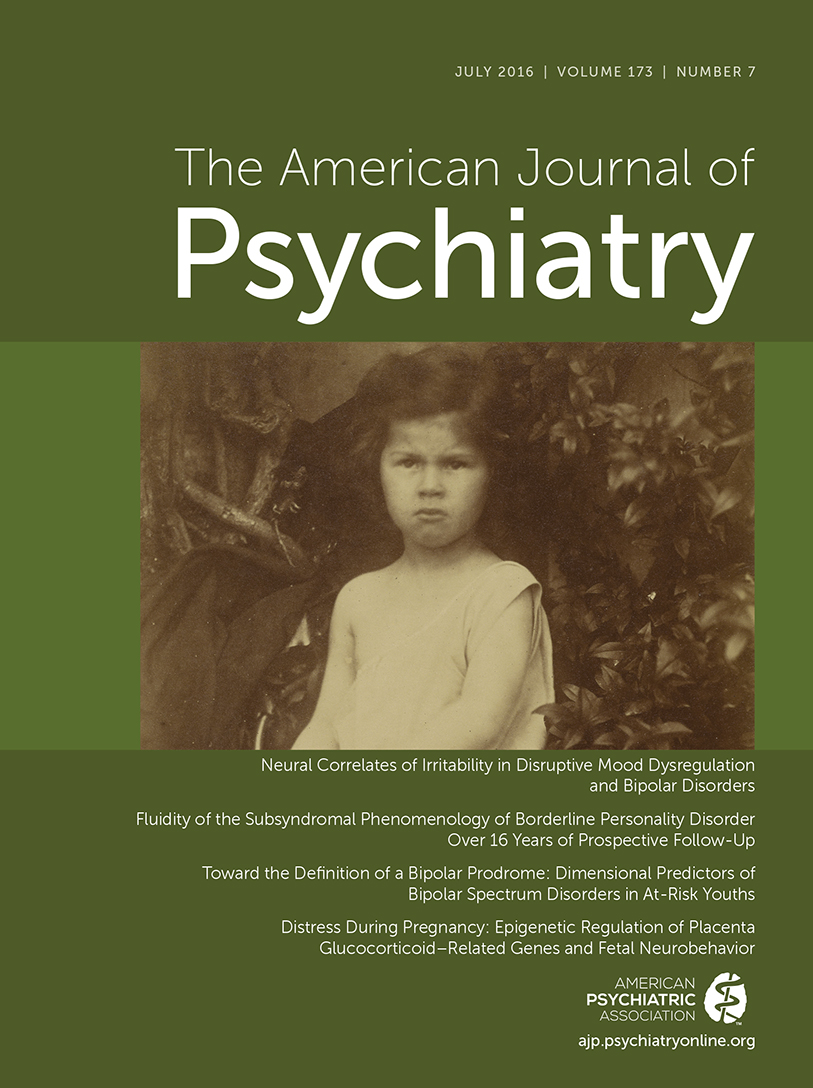Distress During Pregnancy: Epigenetic Regulation of Placenta Glucocorticoid-Related Genes and Fetal Neurobehavior
Abstract
Objective:
Increased risk of psychopathology is observed in children exposed to maternal prenatal distress, and elevated maternal cortisol and epigenetic regulation of placental glucocorticoid-pathway genes are potential mechanisms. The authors examined maternal distress and salivary cortisol in relation to fetal movement and heart rate (“coupling”) and DNA methylation of three glucocorticoid pathway genes—HSD11B2, NR3C1, and FKBP5—in term placentas.
Method:
Mood questionnaires and salivary cortisol were collected from 61 women between 24–27 gestational weeks, and fetal assessment was conducted at 34–37 weeks. Placental CpG methylation in the three genes was analyzed using 450K Beadchips and bisulfite sequencing; correlations between maternal and fetal variables and DNA methylation were tested; and maternal distress effects on fetal behavior via DNA methylation were investigated.
Results:
Perceived stress (Perceived Stress Scale), but not cortisol, was associated with altered CpG methylation in placentas. In the highest tertile of the Perceived Stress Scale, the Beadchip data revealed modestly elevated methylation of HSD11B2, associated with lower fetal coupling (β=−0.51), and modestly elevated methylation of FKBP5, also with lower fetal coupling (β=−0.47). These increases in methylation were validated by bisulfite sequencing, where they occurred in a minority of clones.
Conclusions:
This is the first study to link the effects of pregnant women's distress on the fetus and epigenetic changes in placental genes. Since increased DNA methylation in HSD11B2 and FKBP5 are seen in a minority of bisulfite sequencing clones, these epigenetic changes, and functional consequences, may affect subpopulations of placental cells.



